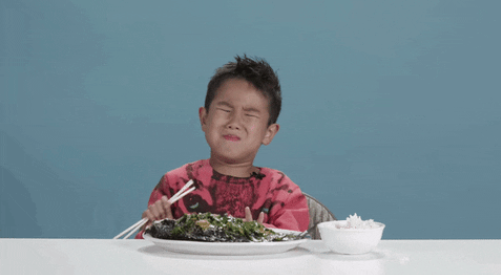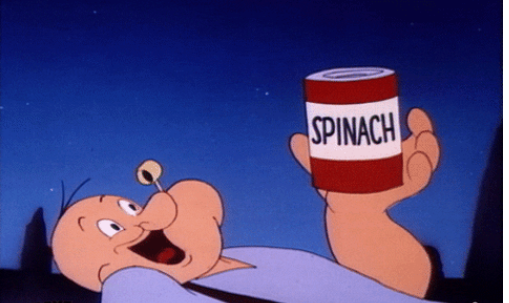Eating and exercising while fasting

Alternatives to animal protein
Thus, avoiding animal protein is a major problem during fasting.

Let’s see how it can be replaced.
- Soy protein. An optimal substitute for animal protein: it contains the same set of amino acids, and is also perfectly absorbed by the human body.
- Other vegetable proteins. All legumes, some grains (such as quinoa), nuts, spinach, broccoli, seeds (especially pumpkin and sesame), etc. are rich in protein.
- Protein shakes.
- Unfortunately, when the body is accustomed to animal protein, its complete (and even sudden) replacement with vegetable protein may be associated with discomfort and digestive difficulties. To minimize the effects and make it easier for the body, add flax seeds to your diet: they have an enveloping effect on the gastric mucosa and normalize intestinal motility, optimizing the digestion process.
For the same purposes, include prunes and brown rice in the diet: the former helps to regulate the work of the gastrointestinal tract (it is especially indispensable in the fight against constipation), the latter is a natural absorbent that absorbs and removes harmful substances from the body (and also does not contain gluten if medically important to you).
-
Another irreplaceable product that normalizes intestinal function is spinach: the fatty acids contained in it not only stimulate the digestive process but also help prevent gastritis and inflammatory diseases of the gastrointestinal tract.
Protein deficiency: how to recognize and what threatens
Lack of protein, especially in combination with physical activity, causes irreparable harm to the body, so it is important not to overlook the symptoms of deficiency and balance your diet in time.The first symptom is permanent hunger. Many people know this feeling for themselves: food does not bring a feeling of satiety, hunger becomes uncontrollable. We are trying to quickly seize this sensation with something high-calorie (especially sweets), and yet hunger must be compensated for with protein products. An unbalanced diet, lack of protein in it is a sure way to overeat.The lack of protein over time becomes noticeable and visually: the condition of the hair, nails, skin worsens.Chronic protein deficiency also leads to a general decrease in immunity: the body simply has nothing to build immune cells and antibodies from. As a result – frequent colds, dermatitis, allergies. Constant weakness appears the person gets tired quickly, there is not enough strength for anything.
In the future, a lack of protein can provoke the development of a number of diseases – for example, osteoporosis of the lower jaw. And, of course, there can be no question of any growth of muscles and connective tissue in such conditions.Top 12 food groups during a fast
- Foods rich in B vitamins (especially riboflavin, thiamine and niacin): These are especially important for muscle growth. The champions among such products are some types of fish (salmon, mackerel, sardines). True, during Lent, fish is also prohibited, but there are several holidays (for example, Annunciation and Palm Sunday) when it is allowed. Don’t miss this opportunity!
- Legumes: black and red beans, peas, beans, chickpeas. They are rich not only in protein, but also in fiber, the use of which is also very important: women need 25-30 g, men 35-40 g per day.
- Oatmeal. Improves digestion, prevents gastritis, stimulates the intestines. True, doctors recommend whole cereals, not flakes.
- Buckwheat. A real pantry of nutrients: it contains vitamins B1, B2, PP and E, copper, iron, calcium, manganese, zinc and phosphorus. And thanks to organic acids, buckwheat also normalizes digestion. Finally, buckwheat is famous for one of the highest vegetable protein content for cereals (12 g per 100 g of cereals). Therefore, in the post it is simply irreplaceable.
- Pearl barley and barley groats. Barley is the record holder for the content of micro- and macroelements necessary for a person: it is not for nothing that Tibetan centenarians eat them.
- Other grains: primarily quinoa and whole wheat. In general, cereals are an excellent source of carbohydrates that must be included in the diet.
- Bananas. They are rich in fiber and potassium, protect the gastric mucosa, improve digestion.
- Fresh vegetables.
- Soy milk – as an alternative to animal protein.
- Nuts: almonds, pecans, hazelnuts.
- Seeds: linseed, sunflower seeds.
- Spinach, celery and parsley.
I also recommend drinking from one and a half to two liters of water a day (although, if you are not used to such volumes, it is better to increase the level gradually).